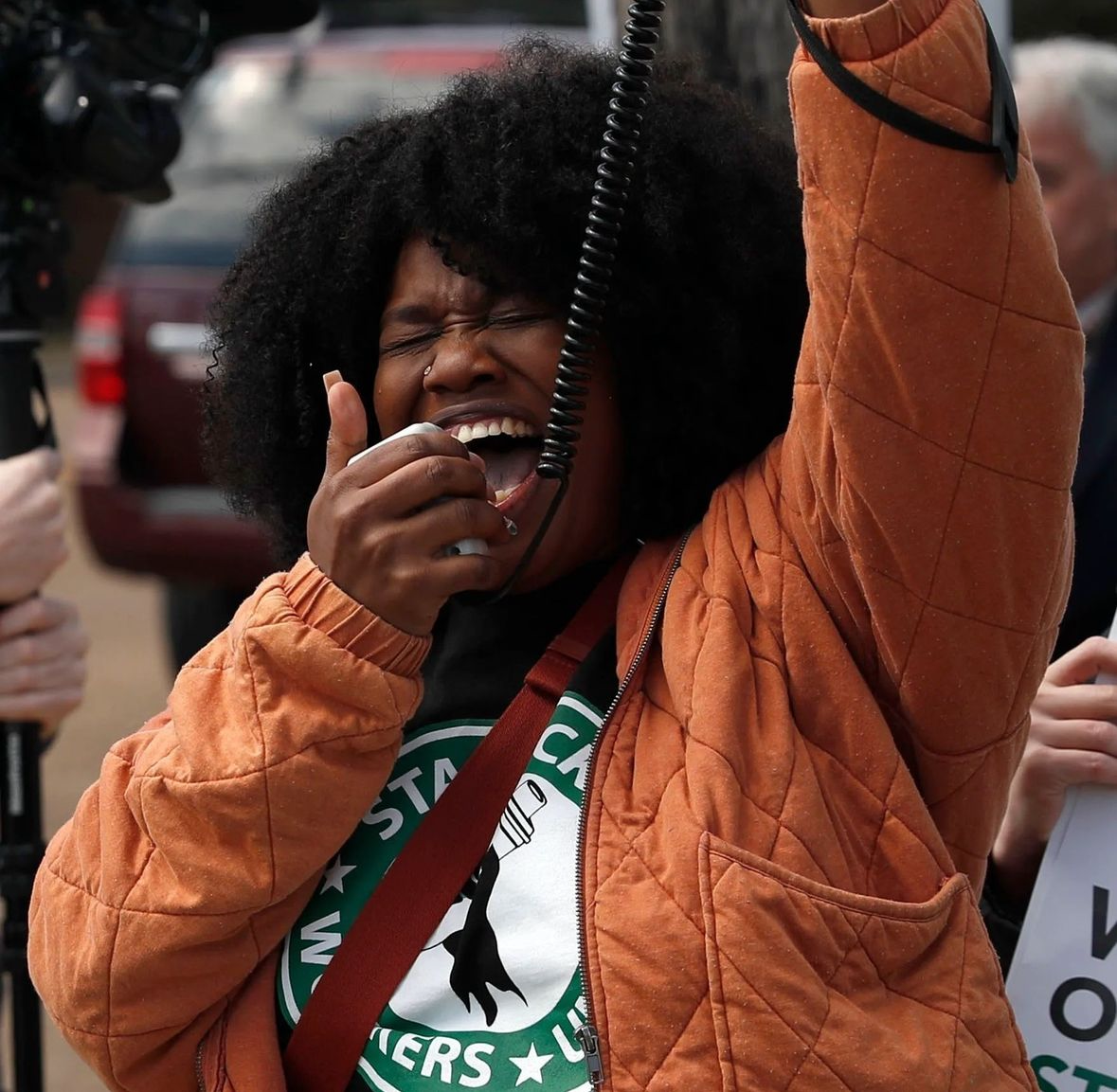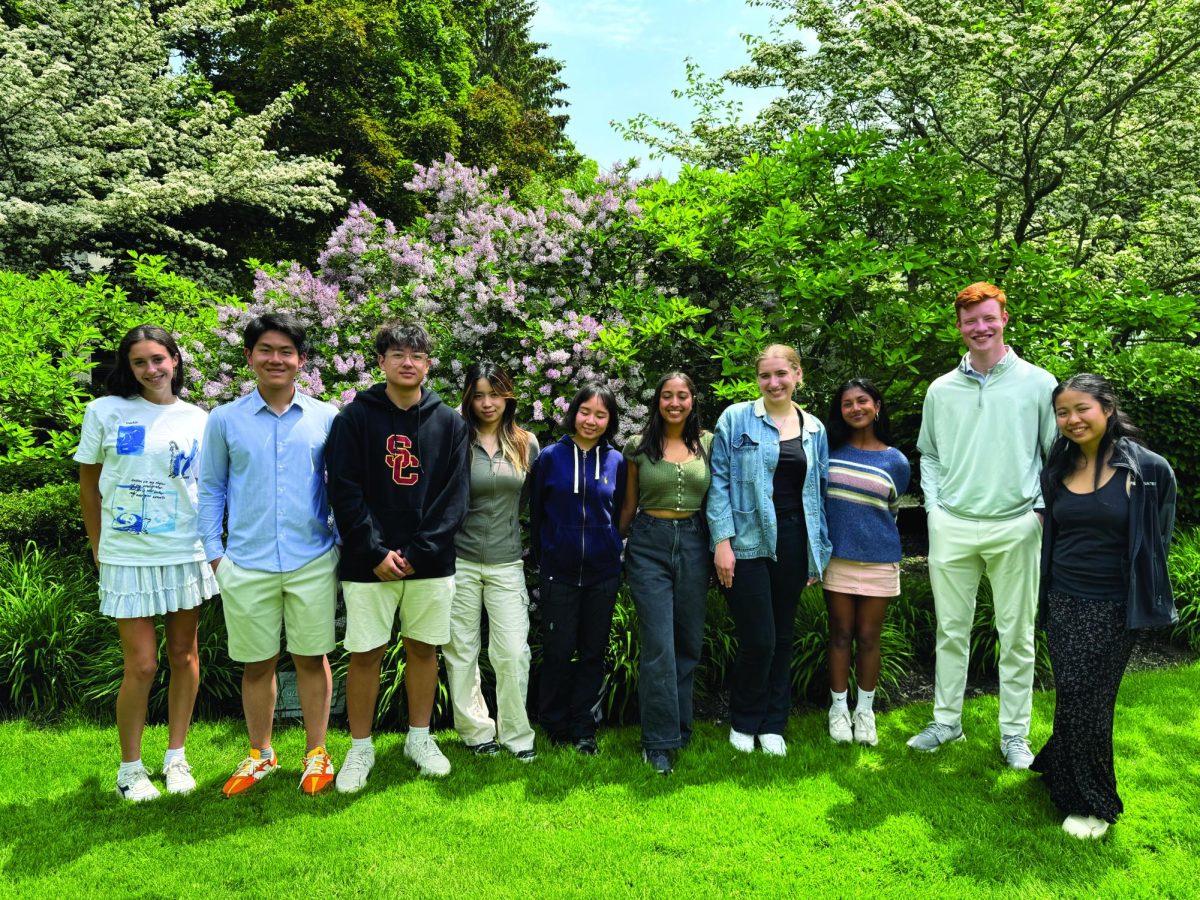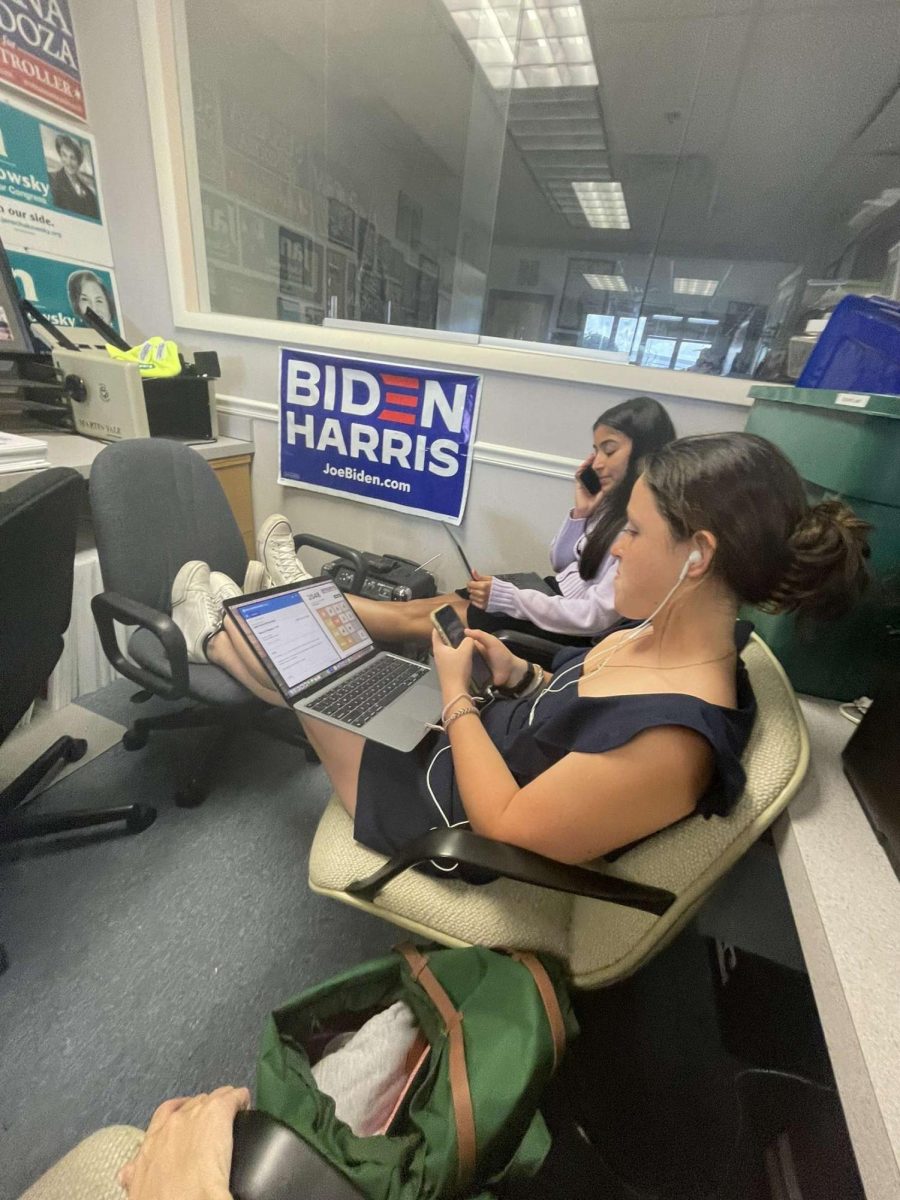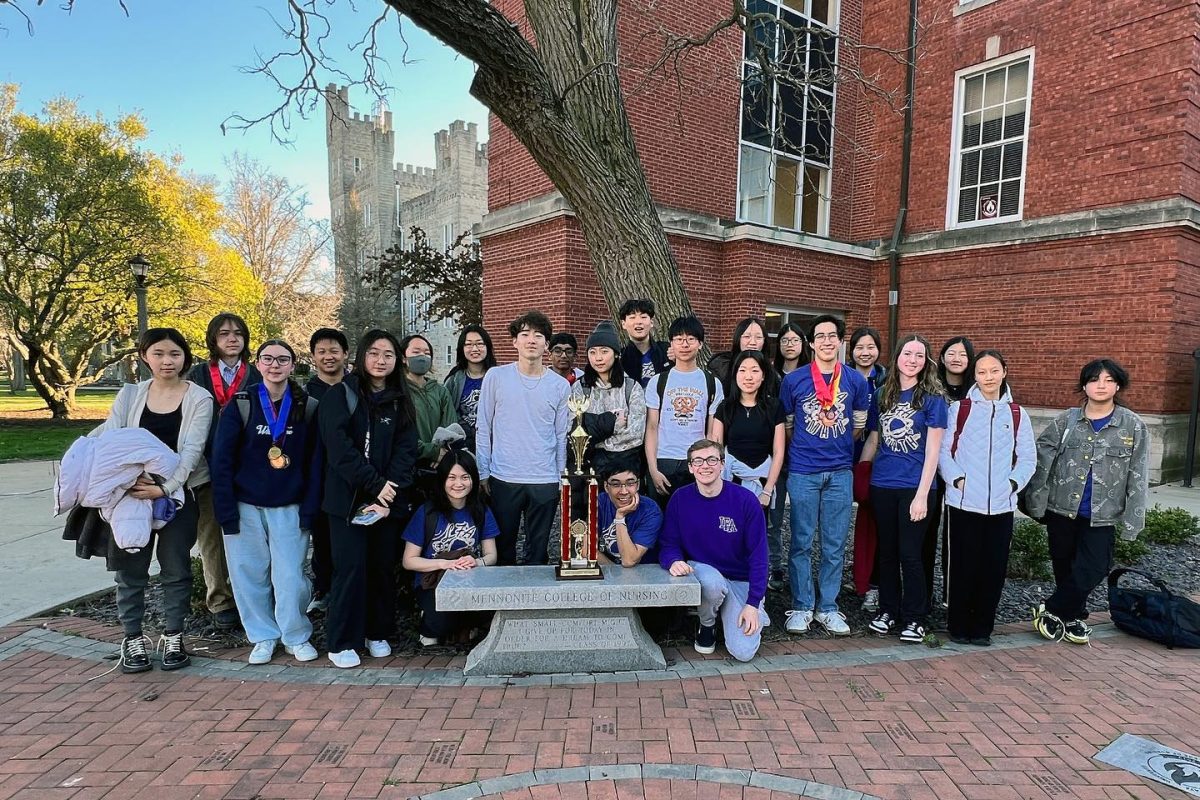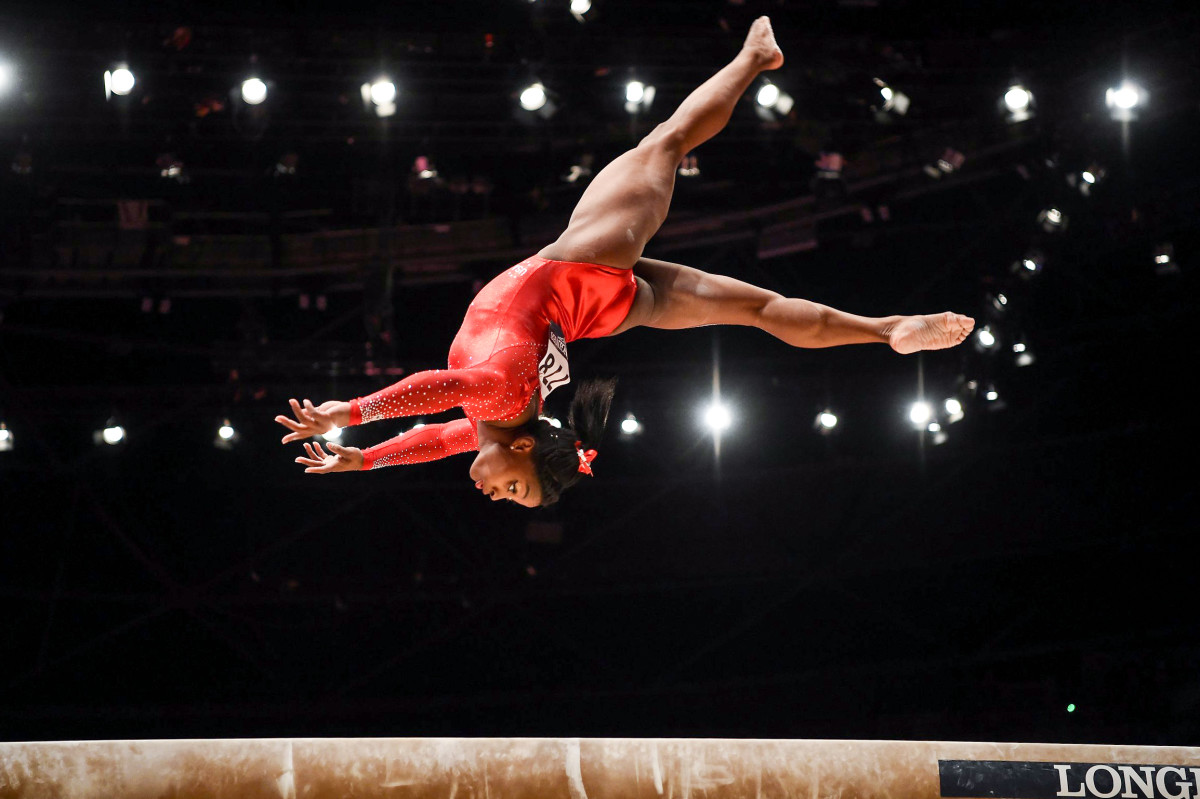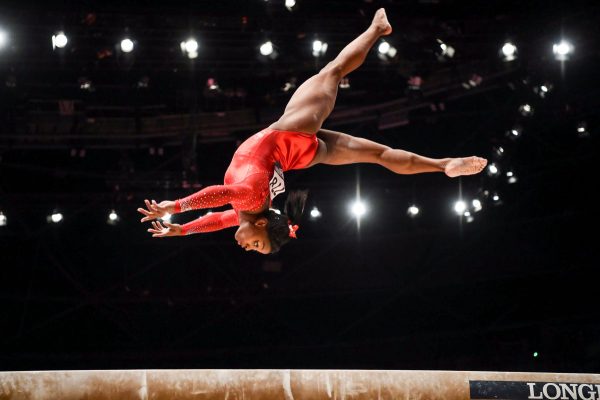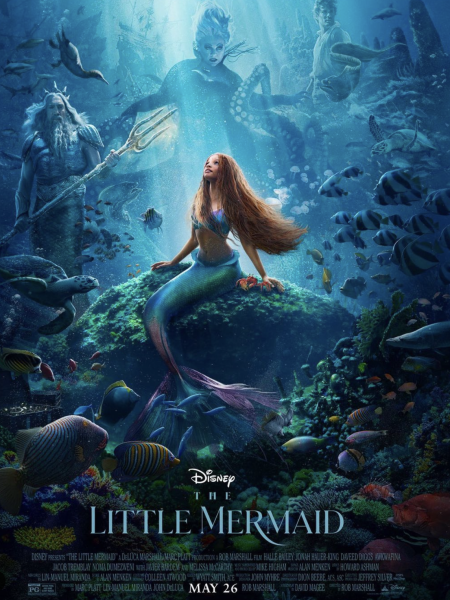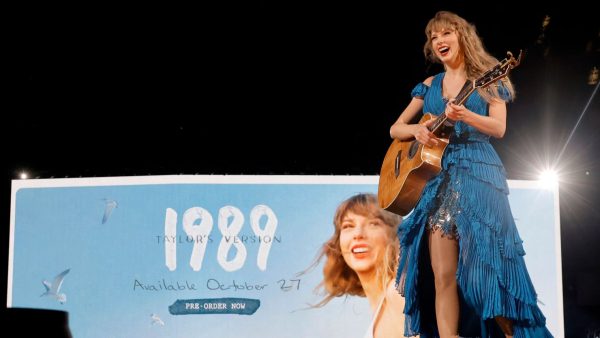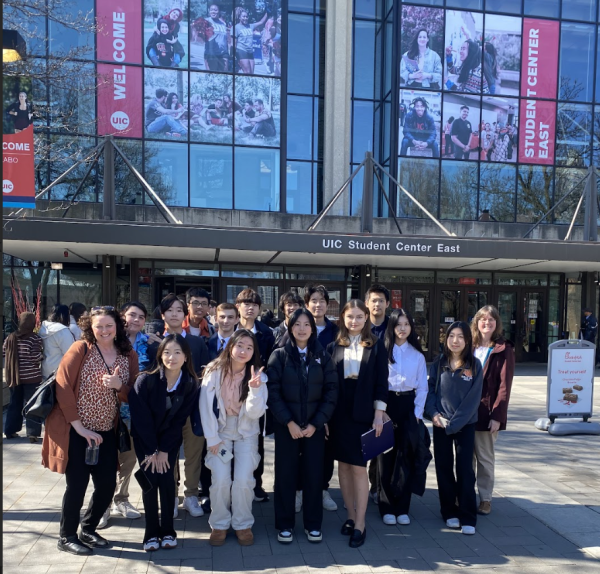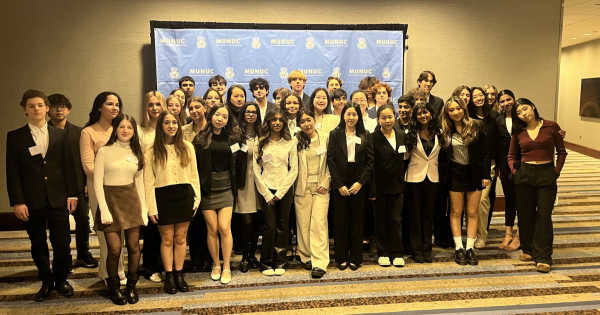AI in Art
March 16, 2023
The age of artificial intelligence (AI) has supposedly descended upon us; your Tik Tok feed generates an impressive algorithm categorizing your user behavior with the help of AI, Chat GPT seems to hold the answer to any question, and AI like Midjourney, which produces art from text input, is winning contests.
Built and trained upon millions of human-made images, AI is designed to mimic “human” intelligence and output results at a much faster rate. Deployed in heavy-duty manufacturing and involved in research breakthroughs, AI has been viewed as a force of change that can complement human efforts.
However, AI’s uprise in art is dependent on the craft of human creators. AI image generators draw from countless images online and re-interpret their style to reproduce novelty, leading to concerns about the preservation of human innovation– and whether it has met its demise.

The exploration and integration of artificial intelligence with art is no new concept. In the 1840s, Ada Lovelace, self-deemed “creative coder”-widened the scope of computing to apply beyond mathematical computations. Additionally, throughout the 20th century, scientists like Alan Turing and other visual artists further probed the aesthetic capability of computers and were drawn to its potential to defy the human bounds of imagination. Generative adversarial networks (GANs) was developed as AI art evolved with a newfound understanding of how machines learn visually – thanks to Google researcher Alexander Mordvintsev – and can detect forgery with an inhuman accuracy just by analyzing artistic patterns.
With a few key terms, AI tools can spawn artwork inspired by that input. Though, whether the machine-output captures true creativity is debated. As AI is trained on images – some of which include copyrighted works – it lacks its own style. LFA student artist Dariana Yu ‘24 noted that “AI, as it is right now, cannot invent something completely unique, but it can derive off of what already exists… what it takes and steals is an artist’s essence and their individuality.”
To combat the numerous copyright infringement accusations, artists are calling for stricter laws and pushing technologies, like Midjourney, to respond to backlash regarding the involuntary usage and theft of thousands of artist works. DALLE 2, on the other hand, developed by ChatGPT’s OpenAI, refused to reveal the exact data its AI art is sourced from, adding to tensions regarding the ethics of utilizing AI in a creative setting, especially as current technology is able to replicate (and sometimes outperform in competition) the job of artists.
Criticism extends to the potential misuse of AI that intensifies the messages stemming from harmful images, including the enforcement of racial stereotypes, mass-production of pornography, and violent deep fakes. Although there are ongoing efforts to mitigate what inherent biases AI accumulates from scouring data – as seen from early tests showing DALL-E 2’s inclination to generate images highlighting sculpted white men and oversexualized women – worries continue to arise about the extent an algorithm can grasp sensitivity, an intrinsically human trait.
“As we enter the digital age, the degree to which we process and share art is unheard of. It’s no simple task to regulate that,” Yu continued. While AI infused art is continuing to grow in relevance, digital users need to be aware of what content they choose to distribute– and the road they pave for this transformative tool.

